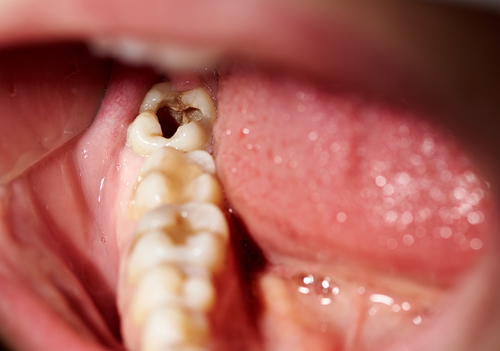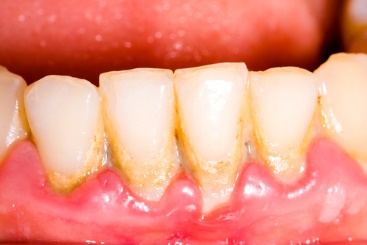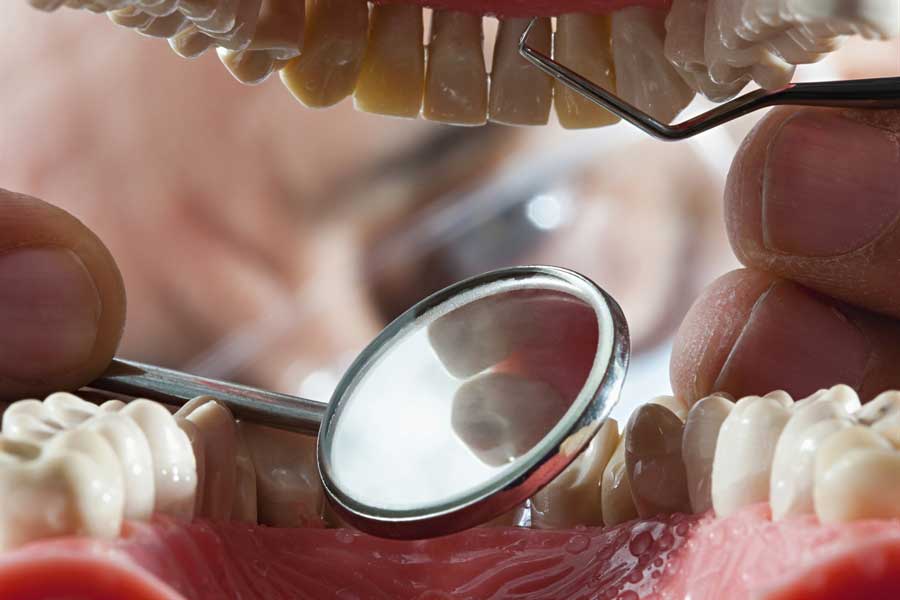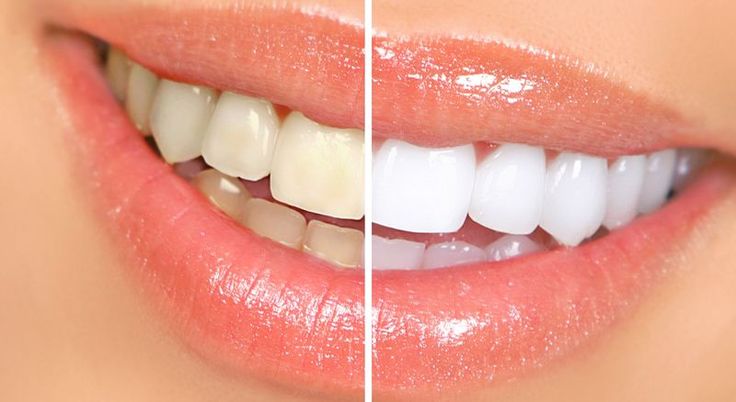Dental Treatments
Dental Treatment
Wondering when it is time for you to get a dental treatment done? Well, there could be various issues related to your dental health which could require dental treatment. When you go to a dental specialist, they will do an oral examination. In case they need to decide the course of dental treatment you should take, they might use an arrangement of dental x-rays. After determining the problem, what kind of dental treatment should be used will be determined.
Cavities Treatment
A cavity is the starting point of tooth erosion. These cavities hide millions of harmful bacteria that react with food particles, specially sugar and starch and convert them into acids. These acids, food particles, bacteria and saliva combine together to form a dangerous gluey/ sticky white substance called plaque that sticks to the teeth.

Symptoms of Cavities
- Tooth sensitivity
- Light or dark brown spots on the surface of the tooth
- A hole in the tooth or tooth chipping or breaking off
- Toothache
- Discolouration of teeth
Cavities Treatment
- Fluoride treatment
- Dental filling
- Dental crown
- Root canal
- Tooth extraction
Prevention of Cavities
- Maintaining oral hygiene
- Routine dental checkup
- Reducing consumption of sticky foods
- Chewing gums
- Consuming green tea
Plaque Treatment
Plaque is a thin bacterial film which is known to adhere to teeth, tongue and gums. Various bacteria may be present in plaque and it is essential to mechanically remove the layer of plaque since infective bacteria present in the plaque can cause gingivitis (inflamed gums), tooth decay and their sequel

Symptoms of Tartar
- Un-removed hardened or solidified plaque which has become a visible mass
- Yellowish, brown or black in color and can be present along the gums and on the surface of the teeth
Steps involved in Scaling
- Hand Scaling ( By hand instruments)
- Mechanical Scaling ( Ultrasonic Machine)
When is Scaling Needed?
- There is plaque and tartar deposition on the inner surface of lower front teeth
- There is bleeding from gums during brushing, eating and especially when we wake up early in the morning
- If there is swelling, irritation and pain in gums
- there is stickiness in teeth
Dental Crowns Treatment
Dental crowns dental treatment are defined as a covering or capping identical to the original tooth structure and placed over either a tooth or number of teeth. Dental crowns can also be regarded as an artificial restoration used to completely cover, encircle or cap

Types of Dental Crown
- Metal crowns
- Porcelain fused to metal crown
- All Ceramic or all Porcelain
- All resins and temporary crowns
When is Dental Crowns Needed?
- When there is a large cavity anywhere in tooth structure
- If tooth is decayed and partially broken
- To cover, support and maintain the life of dental treatment
- To be placed as an artificial look alike tooth in place of missing one. Here it is placed as a dental bridge in which the support of one or two teeth is taken to fill the gap
- To cover severely discolored or poorly shaped teeth
- To cover dental implants
Problems Associated with Dental Crown
- Loss of tooth sensitivity
- The crown made of all porcelain can sometimes chip off
- The crown of the front teeth may fall off due to improper fixation
- A dark line (metal) appears on the border of the crown right next to the gum line
Smile Designing Treatment
The art of smile designing is a well-organized, systematic and modern approach done on patients to evaluate, diagnose and resolve aesthetic problems. It gives a new improved look to the patient’s smile. It is done by modifying specific and distinguished aesthetic elements

Need for Smile Designing
- Changing tooth colour
- Aligning and spacing of teeth
- Covering missing teeth
- Creating balance of overall teeth design
Components of smile designing
- Shape of jaws
- Shape of face
- Position of eyes
- Width of lips
Hard Tissue Components
- Midline between both upper and lower jaws which divides them equally
- Length of upper and lower front teeth
- Length and width of teeth
- Sex, symmetry and age
- Overall symmetry and balance of all these components
Soft Tissue Components
- Healthy gums are desired
- The level and symmetry of gums present in both the jaws
- Smile line (the extent up to which a person can smile)
Dental Implants Treatment
Dental implants are defined as an artificial tooth root placed into the jaw (upper or lower).The roots are strong and permanent and they appear as natural looking teeth.

Types of Implants
- Endosteal (in the bone) implants
- Subperiosteal (on the bone) implants
Advantage of Dental Implants
- Dental implants are permanent
- Dental implants are more successful than removable or partial dentures as dentures are uncomfortable and unhygienic
- Dental implants provide improved comfort as well as improved speech
- Dental implants are highly durable
- Dental implants actually eliminate the inconvenience of removing or wearing dentures thus developing more confidence in the person.
Disadvantages of Dental Implants
- Dental implants are costly and not everyone can afford them
- They are time consuming as the initial beginning of treatment requires optimum medical conditions and the healing process takes time
- They can cause allergic reactions
When is dental implant needed?
- If a tooth or several teeth are rotten or broken in an accident
- In patients suffering from severe gum disease which has resulted in loosening of teeth making them unfit for repair with regular dental treatment
- In patients wearing partial or complete dentures, implants could be more comfortable
- Dental implants are not unadvisable in smokers, but sometimes oral hygiene lowers the success rate
Root Canal Treatment
Root canal dental treatment is also referred to as endodontic treatment or root canal therapy or simply RCT. When cavity formation is neglected, the infection spreads to the pulp and roots, thereby necessitating root canal treatment to save the tooth.
When is Root Canal Needed?
Root canal treatment is suggested once the infection of the pulp is confirmed. There are various symptoms that hint on pulp infection. Since the nerves and blood vessels are affected, the tooth tends to become very sensitive towards extreme temperatures.
Root Canal Procedure
The root canal procedure might not be done within a single sitting. Depending on the severity of infection and number of affected canals, the dentist decides on the number of sittings. Root canal treatment on teeth positioned in difficult areas or those having chronic long standing infections require more sittings.



